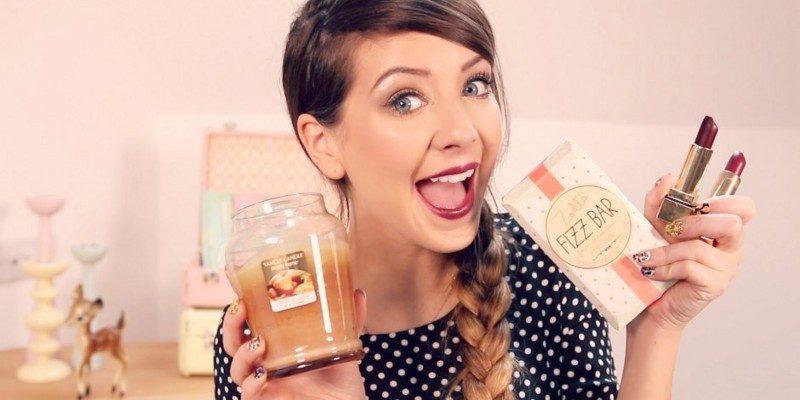
If you were ever interested in marketing your business on social networks, you sure heard of influencers. Being reviewed or mentioned by these niche bloggers with polished appealing feeds and established followings proved to drive up engagement and sales like nothing else.
Many believe influencers have a dream job with posting on Instagram all day and getting hefty sums for it, on top of free stuff from brands. As a result, there are tons of fake influencers on the market with driven up followers and nets of fake ‘potential client’ commenters.
Here in Combin, we always prioritized account safety and organic growth, but unfortunately, not all marketers stand for safe tactics and practice them. In order to help brands detect fake influencers right away protect the savings from being wasted on fraud, I piled up all important factors to pay attention to when considering influencer marketing.
Steady followers growth
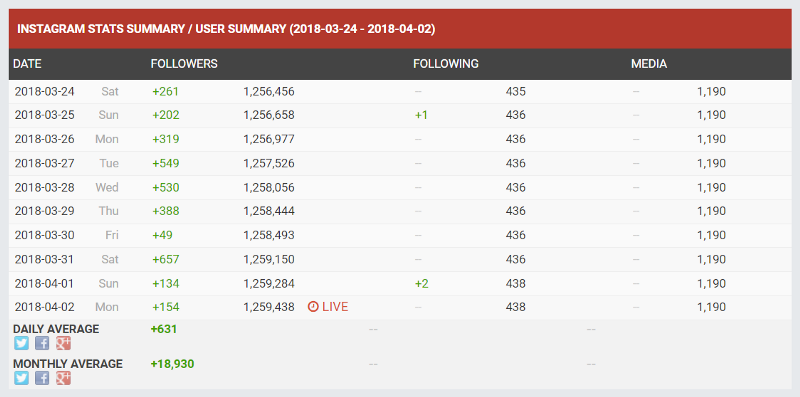
Followers count is not everything, 6K engaged followers are much more valuable than 600K bots. An influencer’s followers growth rate is a helping hand in indicating the audience authenticity.
Use growth tracking services, such as Socialblade, to see how many new accounts are following the influencer of question each day and month. Spot any sporadic and significant followers gain over a day? Be sure the audience gained that day was purchased and cannot be influenced.
High quality audience
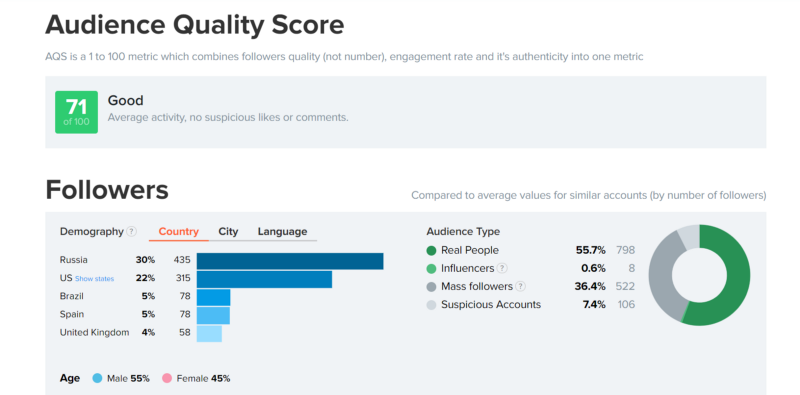
Looking through comments, comparing number of likes and followers and calculating the engagement rate is important to seed out an influencer with inactive or fake audience. Diverse comments that go beyond “Like this!”, “Great post” and groups of emojis, the number of likes matching the audience size, and ER over at least 3% (the bigger, the better) are all signs you are dealing with a real influencer.
Besides the manual examination, various audience analysis tools can be used to get the average ER, audience interests, age, location and other insights.
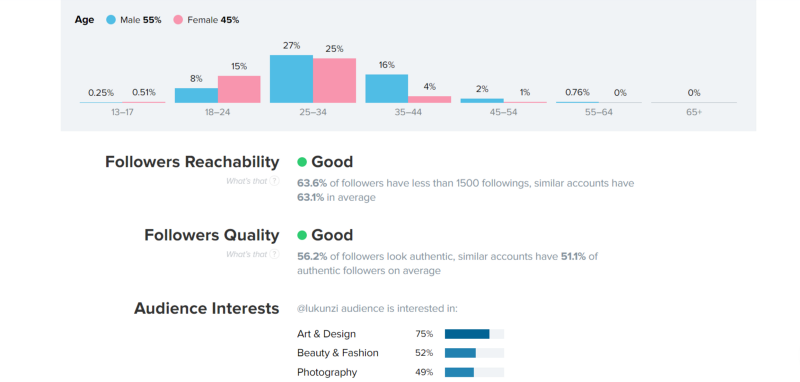
Visibility on other platforms
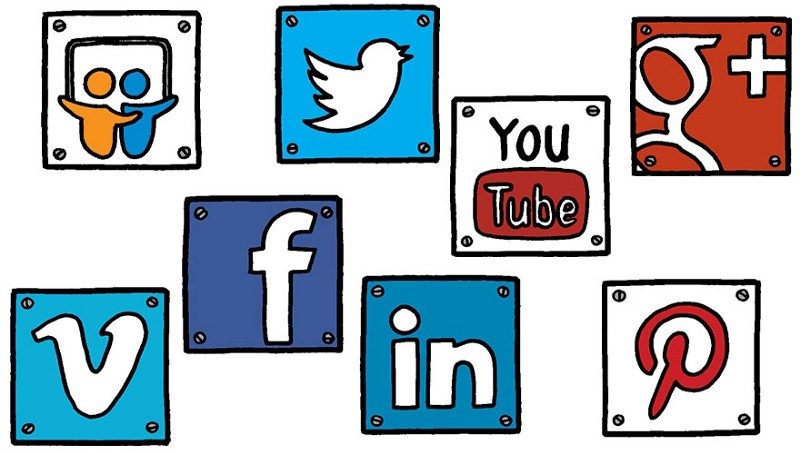
Googling influencers name will not only give you the idea on how active and popular they are outside of Instagram, but also show reviews and examples of previous brand partnerships.
Influencers should not necessarily be as big on Twitter and YouTube as they are on Instagram, but it’s natural to have a somewhat of a decent sized dedicated audience on each big platform.
If your research brings little to no results — the influencer is not present or visible outside of one social media platform and there are no mentions from brands, you are dealing with a fake influencer.
Ads subject consistency
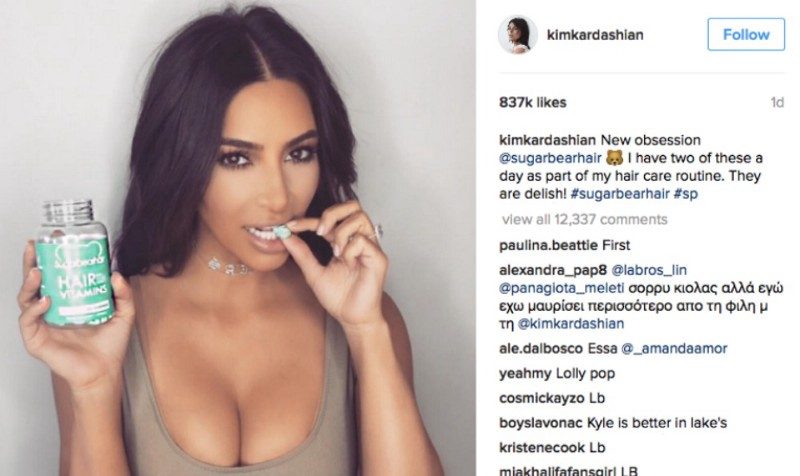
Real, good influencer has a reputation to maintain, so they are picking selectively only the deals that involve services and products they audience would be interested in. Audience doesn’t trust bloggers that influence to buy anything from skin-care to car-care products just to get the coin, and you shouldn’t either.
Scroll through influencer’s feed, find posts tagged with #ad #sponsored and #sp to see what kind of brands and products they promote. Check the posts influencer was tagged in to see which brands repost and endorse them.
Eager to share stats
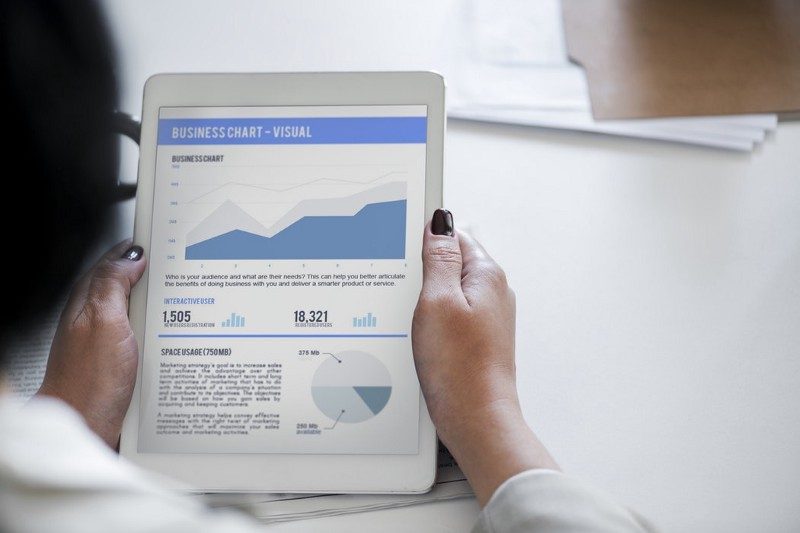
Ask influencer to show the results generated from previous brand collaborations. How many followers were gained by the brand during the campaign, how many times the discount code was used, the amount of refferal traffic, and other stats is an example of how much engagement and revenue can be gained when working with the influencer. Real influencers are transparent about their worth and have data to backup what they claim.
Resume
Checking the above points off your list do not guarantee a successful influencer collaboration, but provides tremendous help in determining whether one or the other influencer you consider is the real deal to begin with.
Spend some time on a research beforehand instead of wasting valuable resources on unmonetized promotion.
Remember to put quality over quanitity — it’s better to work with a decent influencer with small but loyal following instead of a sketchy blogger with a huge audience.
Don’t be afraid to ask your potential collaborator for proof of their influence. After all, you are paying for their service and obliged to know what you are signing up for.

